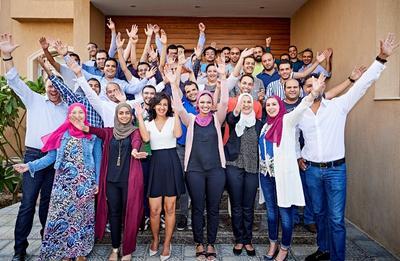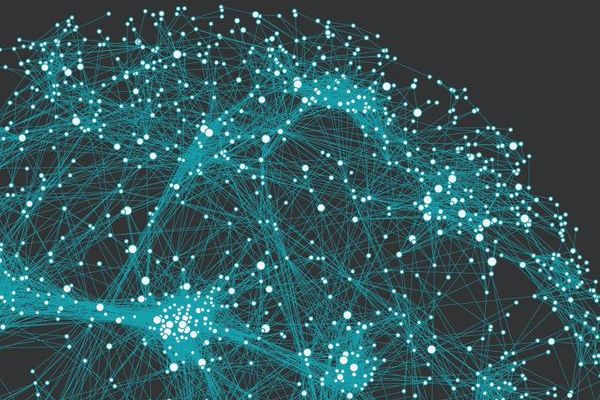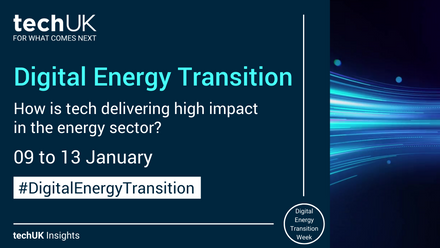Predicting employee satisfaction and resignation
In this blog, CrossWorkers share their journey in developing an AI-driven solution and how it can transform the way organisations predict employee satisfaction and manage attrition risks, ultimately fostering a happier and more stable workforce.

Understanding the Challenge
Employee satisfaction and attrition are complex issues influenced by a myriad of factors, including workload, compensation, work-life balance, and career growth opportunities. Traditional methods of
measuring employee satisfaction, such as annual surveys, often provide a limited snapshot of employee sentiment. Moreover, predicting attrition can be challenging due to the multitude of factors contributing to an employee's decision to leave.
Building the AI Model
To tackle the complexities of predicting employee satisfaction and attrition, we developed an advanced AI model capable of analysing vast amounts of employee data. By leveraging diverse data points such as performance metrics, engagement data, communication patterns, HR information, and survey feedback, we crafted a holistic view of employee dynamics. Our model identified key indicators of employee satisfaction and attrition risks, providing a powerful tool for organisations to enhance their workplace environment. For instance, we discovered a negative correlation between increased overtime hours and employee satisfaction, particularly among long-tenured employees. This insight led us to implement policies that limit overtime, offer flexible work arrangements, and prioritise employee well-being.
Key Insights and Benefits
Our AI-powered solution offers transformative benefits for organisations. By predicting employees at risk of leaving well in advance, organisations can address concerns proactively, leading to improved employee satisfaction. Understanding the factors driving satisfaction allows companies to implement targeted initiatives to enhance the overall work experience. Moreover, the model helps identify departments or teams with high attrition rates, enabling focused retention efforts where they are most needed. Ultimately, the actionable insights provided by our model support data-driven decision-making in HR and people management, fostering a healthier and more stable workforce.
Through these capabilities, our AI-driven approach empowers organisations to proactively address issues, enhance satisfaction, and reduce attrition.
Identifying Patterns in Overtime Hours and Employee Satisfaction
- Data Points: Overtime hours worked per employee, employee satisfaction survey scores, and employee tenure.
- Pattern: The model identified a negative correlation between increased overtime hours and employee satisfaction scores, especially for employees with longer tenure.
- Prediction: Employees working excessive overtime were at a higher risk of decreased job satisfaction and potential attrition.
- Action: Implementing policies to limit overtime, offering flexible work arrangements, and prioritising employee well-being.
Predicting Attrition Based on Performance Reviews
- Data Points: Employee performance review scores, promotions, salary adjustments, and tenure.
- Pattern: The model identified a correlation between declining performance review scores and increased likelihood of attrition, particularly for employees who had not received promotions or salary adjustments in a certain period.
- Prediction: Employees with consistent performance declines and limited career progression were at a higher risk of leaving the company.
- Action: Implementing targeted development plans for underperforming employees, providing opportunities for career growth, and addressing potential performance issues proactively.
Example 3: Analysing Communication Patterns and Engagement
- Data Points: Internal email and messaging volume, meeting attendance, and participation in company events.
- Pattern: The model identified a decrease in internal communication and meeting participation as a potential indicator of decreased engagement and increased attrition risk.
- Prediction: Employees who were less engaged in company activities and communication were more likely to leave.
- Action: Implementing initiatives to foster employee engagement, such as team-building activities, social events, and open communication channels.
At CrossWorkers, leveraging AI to predict employee satisfaction and attrition is a game-changer in workforce management. By tapping into the power of data, we truly understand our employees' needs, feelings, and motivations, creating a more engaged, productive, and loyal workforce. This journey is about more than just numbers and predictions—it's about caring for our people and fostering a workplace where they can thrive. As AI technology evolves, we look forward to discovering even more innovative ways to support and empower our teams. Together, we can build a future where every employee feels valued and inspired, driving our collective success.
techUK's Skills, Talent and Diversity Programme activities
techUK work with our members to signpost the opportunity of digital jobs and ensure these opportunities are open to people of diverse backgrounds. We strive to help our members attract, recruit, and retain a diverse workforce, whilst showcasing their work on workplace innovation. Visit the programme page here.
Upcoming events
Learn more and get involved
Skills, Talent and Diversity updates
Sign-up to get the latest updates and opportunities from our Skills, Talent and Diversity programme.
Authors
Osama Hussein
Executive Technical Director, CrossWorkers














